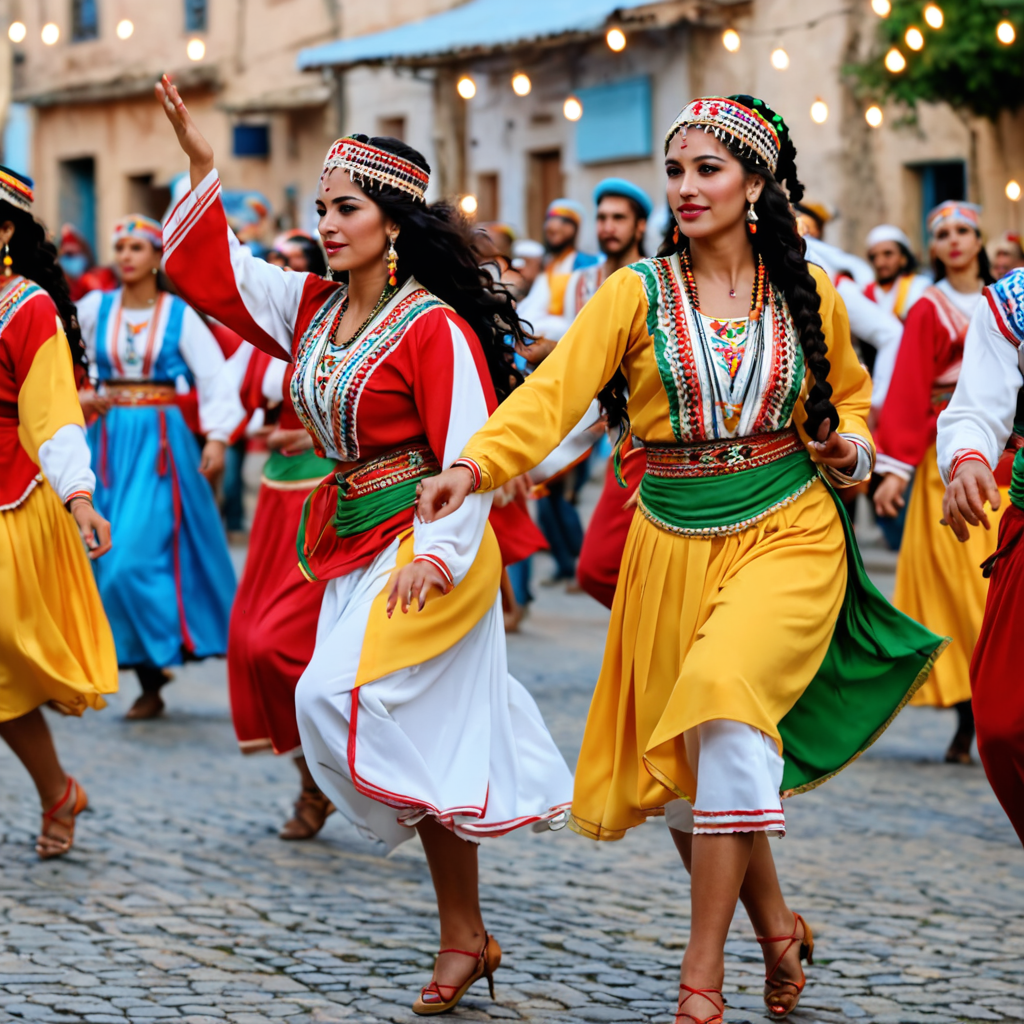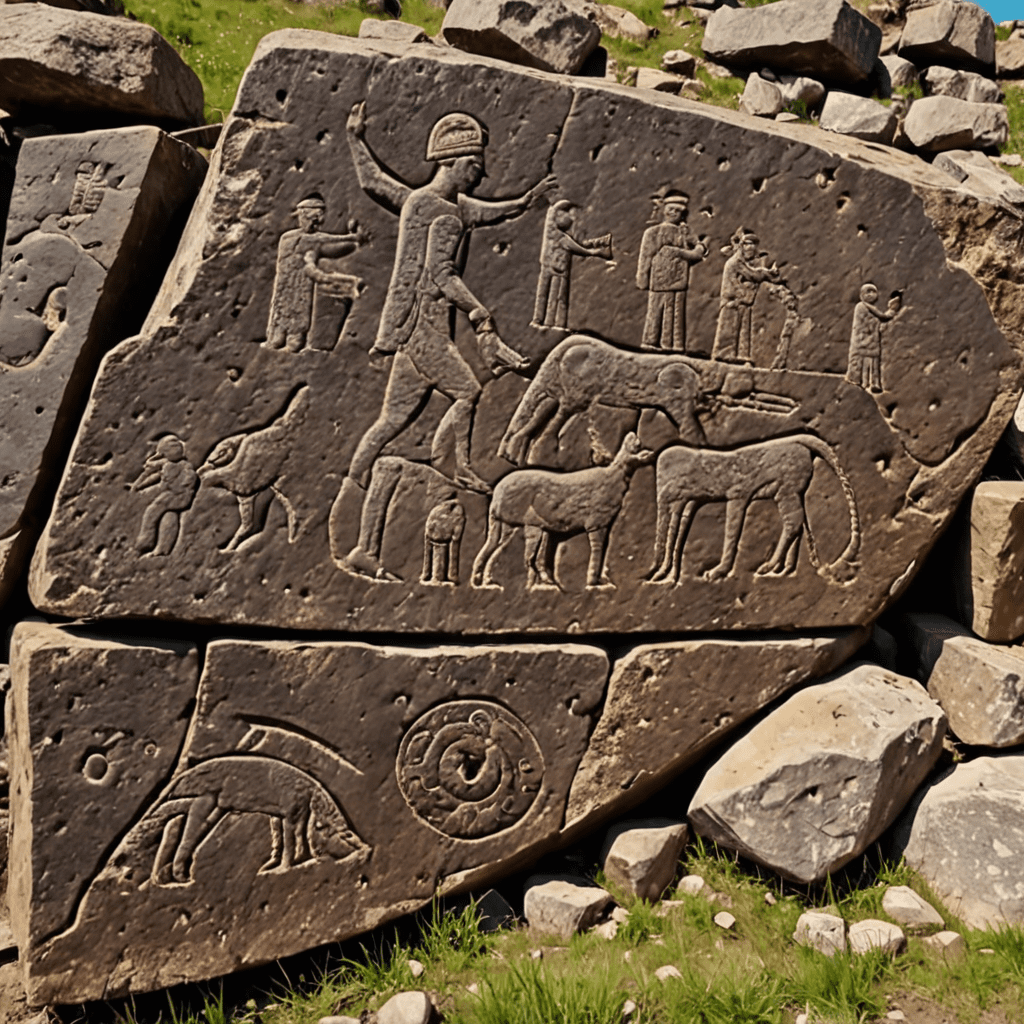
Traditional Music and Dance of the Kabyle People
Introduction to Kabyle Culture
The Kabyle people, an indigenous Berber group residing in the rugged mountains of the Kabylie region in Algeria, have a rich cultural heritage that encompasses unique traditions, including their traditional music and dance forms.
Kabyle Music: The Sound of Tradition
Kabyle music is deeply rooted in the culture and history of the Kabyle people. It typically features a combination of vocal chants, rhythmic beats from traditional instruments like the bendir (frame drum) and gasbha (reed flute), and intricate melodies that reflect the daily life, struggles, and celebrations of the community.
Instruments of Kabyle Music
The bendir and gasbha are two of the most prominent instruments in Kabyle music. The bendir, a circular drum with a membrane made from animal skin, produces a deep, resonant sound that forms the backbone of many Kabyle musical compositions. The gasbha, a simple reed flute, adds a hauntingly beautiful quality to the music.
Kabyle Dance: Rhythmic Expressions
Dance is an integral part of Kabyle cultural expression, with traditional dances accompanied by live music to create a mesmerizing spectacle. Kabyle dances are often characterized by energetic footwork, graceful movements of the arms, and a strong connection to nature and the surrounding landscape.
Significance of Music and Dance in Kabyle Culture
Music and dance hold a special place in Kabyle culture, serving as a means of preserving identity, passing down ancestral knowledge, and fostering community cohesion. These art forms play a vital role in ceremonies, festivals, and social gatherings, uniting the Kabyle people in shared experiences and traditions.
Preserving Tradition in Modern Times
In the face of modernization and cultural shifts, efforts are being made to preserve and promote Kabyle music and dance. Schools and cultural institutions in the Kabylie region organize workshops, performances, and festivals to ensure that these traditional art forms continue to thrive and evolve for future generations.
Experiencing Kabyle Music and Dance
For travelers seeking an authentic cultural experience, witnessing a live Kabyle music and dance performance is a must. From the rhythmic beats of the bendir to the swirling movements of the dancers, immersing oneself in the sounds and sights of Kabyle tradition offers a glimpse into the soul of this vibrant community.
FAQ: Traditional Music and Dance of the Kabyle People
What is Kabyle Music?
Kabyle music refers to the traditional music of the Kabyle people, an ethnic group in Algeria. It is characterized by its unique blend of Berber, Arabic, and French influences, with instruments such as the bendir (frame drum) and gasba (flute) commonly used.
How is Kabyle Dance Performed?
Kabyle dance is an integral part of their cultural expression, often performed in groups during celebrations and festivities. It involves intricate footwork, hand movements, and group formations that reflect the community’s history, values, and daily life.
What are the Themes in Kabyle Music and Dance?
Themes in Kabyle music and dance often revolve around love, nature, daily struggles, and cultural identity. The lyrics and movements convey deep emotions, stories of resilience, and a strong connection to the Kabyle heritage.
Are Kabyle Music and Dance Important to the Community?
Yes, Kabyle music and dance play a significant role in preserving the cultural identity and heritage of the Kabyle people. They serve as a means of passing down traditions, fostering community cohesion, and celebrating shared experiences and values.
How Can One Experience Kabyle Music and Dance?
Travelers interested in experiencing Kabyle music and dance can


